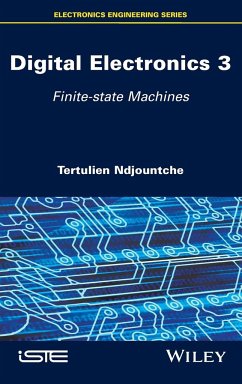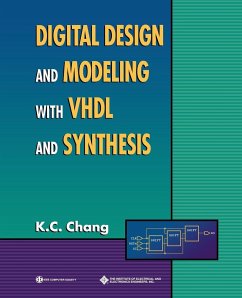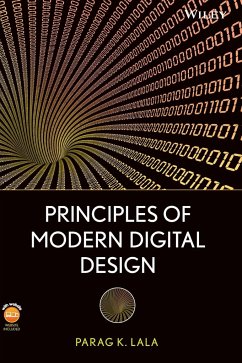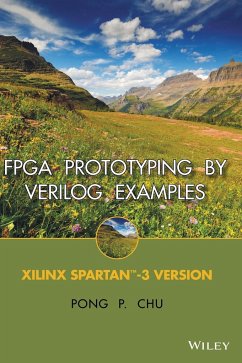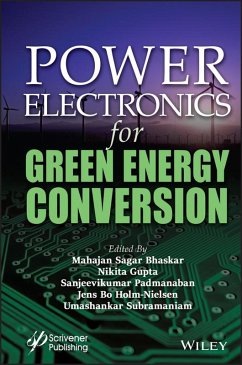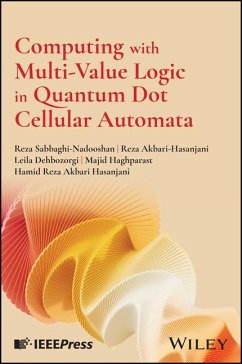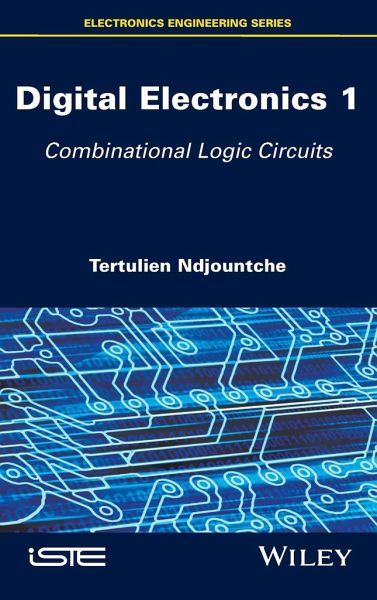
Digital Electronics 1
Combinational Logic Circuits
Versandkostenfrei!
Versandfertig in über 4 Wochen
159,99 €
inkl. MwSt.
Weitere Ausgaben:

PAYBACK Punkte
80 °P sammeln!
The work presents the principles of combinational and sequential logic and the underlying techniques for the analysis and design of digital circuits. The approach is gradual and relatively independent of each other chapters. To facilitate the assimilation and practical implementation of various concepts, it is complemented by a selection of practical exercises corrected.




